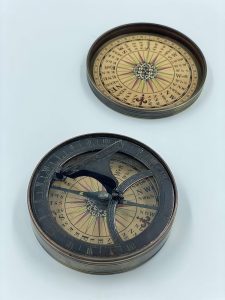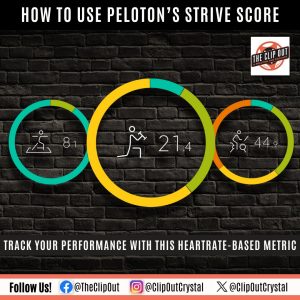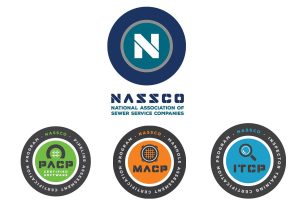Elevating Workplace Identity and Culture with Engraved Office Plaques

Step into two different offices. One feels rooted, intentional, confident. The other? Temporary, like it could vanish with a moving truck tomorrow. Oddly enough, the distinction often hides in the details. Not the desks or even the lighting, but something quieter. Engraved office plaques. At first glance, ordinary. On closer look, they shape how a place feels, how people move inside it, and even how the organization is remembered.
Why Small Signs Carry Large Messages
It’s strange, isn’t it? A taped piece of paper on a door already tells you a story about the company behind it. Usually not a flattering one. Carelessness seeps through. Now compare that to a plaque, etched and polished, waiting at eye level. The contrast is sharp. Permanence, attention, seriousness.
Clients notice, though they rarely put it into words. Employees notice too. A desk plaque with a name carved into it is not the same as a sticky note, or a slip of paper slotted into a plastic frame. Engraving says: you belong here, this role is solid. Small gestures, yet sticky in memory.
Beyond Identification: Storytelling with Plaques
Signs guide us, yes, but plaques can tell stories. The engraved plate on a conference room named after a long-serving partner says more than just “Conference Room B.” It preserves history. The donor’s name on a university lecture hall lives on long after the ceremony is forgotten.
Even in modest offices, plaques can serve this role. A founder’s words etched into a lobby wall. A milestone celebrated in brass. These touches don’t shout, but they whisper constantly about who the organization is and what it values. Culture, after all, is taught in daily repetition, not in one-off speeches.
The Psychology of Permanence
People treat engraved objects differently from printed ones. There’s a psychological anchor in permanence. Paper fades. Plastic cracks. Digital files get lost in the noise of inboxes. Engraving cuts into material. It creates depth—literally. That depth becomes symbolic.
Employees who see their names engraved don’t just read it; they feel the commitment behind it. Visitors who pause at a mission statement carved into steel sense its weight in a way a framed printout never achieves. Something about texture convinces us: this matters.
Practical Choices That Reflect Culture
Of course, material choices matter. Metal carries a crisp, formal edge, the kind you’d expect in law offices or financial institutions. Wood, softer, warmer, leaning toward nonprofits or creative studios. Acrylic bends toward versatility—bright colors, clean lines, playful modernity.
The choice isn’t random. It reflects alignment between message and medium. A company claiming tradition but relying on flimsy stickers undermines its own story. On the other hand, a workplace that nails the harmony between values and materials feels coherent, believable. People can’t always articulate why, but they sense it.
Recognition That Doesn’t Fade
Recognition lives and dies by permanence. Email congratulations are nice. Certificates end up in drawers. But an engraved plaque? Hung in the hallway, placed in a lobby, displayed on a desk—it stays.
That kind of recognition reshapes morale. The employee doesn’t just feel noticed in the moment; they see their name tied to the organization’s ongoing story. Years later, they still remember. And coworkers passing those plaques absorb the message too: here, contributions endure. Here, effort is written into the walls.
Subtle Navigation, Real Efficiency
Think about a first-time visitor in a sprawling building. No plaques, no guidance. Stress builds as they wander, late for an interview or meeting. Now imagine the same hallways lined with clear, engraved plaques—directing, reassuring, easing tension. The atmosphere changes completely.
Efficiency grows for employees too. Less confusion. Fewer interruptions just to ask directions. Over weeks, months, years, those saved minutes compound. It’s not dramatic in the moment, but the cumulative effect is significant. The workplace becomes smoother, less cluttered with avoidable friction.
Details That Shape Memory
Details make the memory of a place. People rarely recall the color of the walls or the brand of chairs, but they remember the plaque dedicating a wing, the polished nameplate on a desk, the etched words of a founder on the lobby wall.
These aren’t decorations. They’re anchors in memory. Visitors carry them long after leaving. Employees associate them with belonging and recognition. Culture is often invisible, but plaques give it form—quiet, tangible, hard to forget.Conclusion:
Culture doesn’t thrive on slogans or emails alone. It grows in the everyday signals, the objects people see and touch. Engraved office plaques carry a disproportionate share of that weight. They guide, they preserve stories, they honor achievements, and they project permanence. Small artifacts, yes, but deeply tied to how workplaces define themselves and how others come to believe in them.









